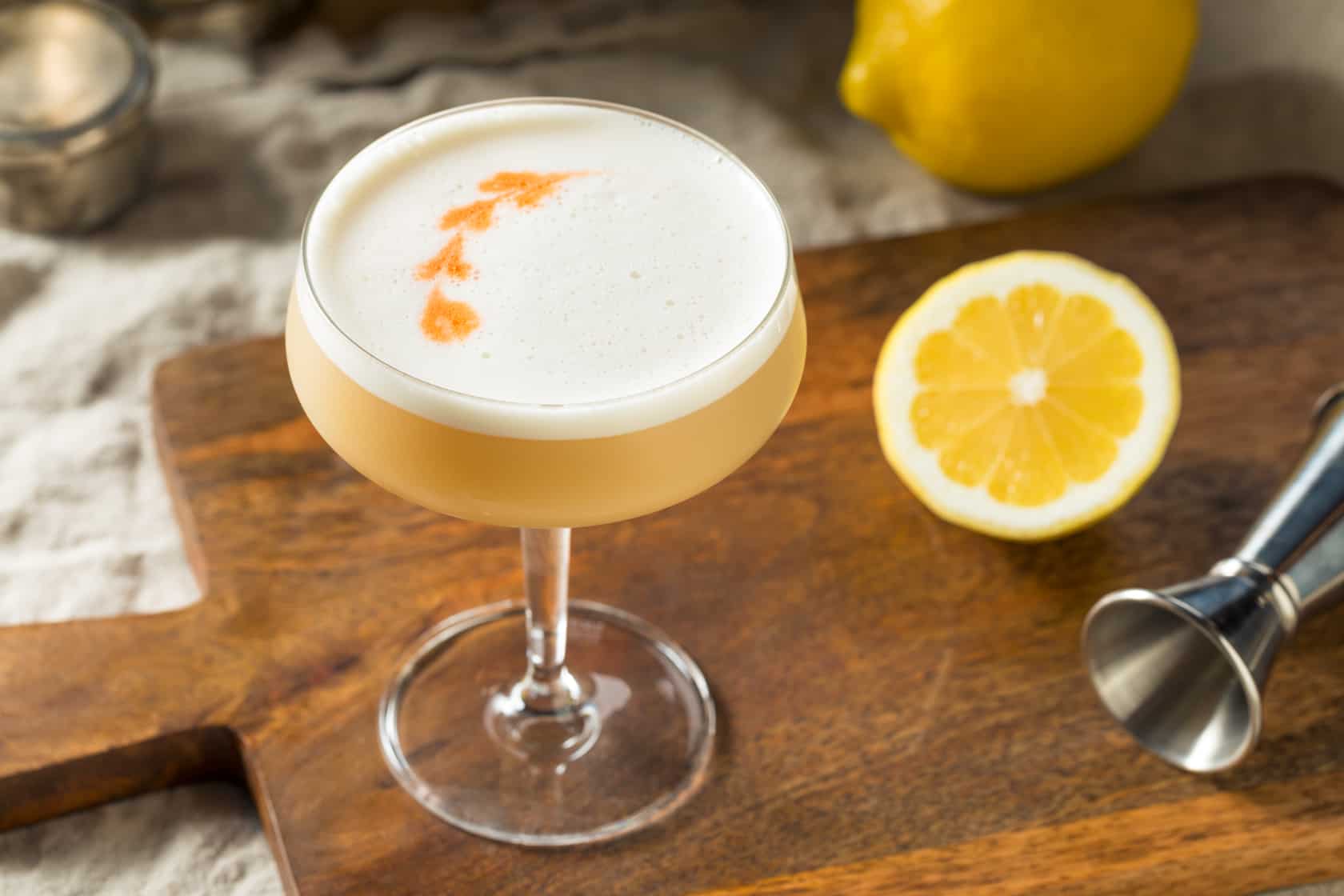In the world of the professional bartender or mixologist in the bartending industry, there are many techniques to learn to produce the perfect cocktail for your guests. One of these is the practice known as “dry shaking cocktails”. What is dry shaking, and how can it be used to produce some of the most interesting and complex libations available? In this guide, we will explore the dry shake practice and share tips to achieve cocktail mastery.
What is Dry Shaking?
Shaking cocktails in a cocktail shaker is a familiar technique for even the novice mixologist. Ingredients are mixed in the shaker, with a ‘double strain’ through a fine mesh strainer before serving the finished cocktail. Dry shaking, on the other hand, may not be as familiar. In this context, “dry” refers to blending the ingredients without ice as part of the preparation process. A wet shake is one where the ingredients are shaken with ice.
Why is dry shaking so important to master? Some drink recipes call for egg whites to achieve a distinctive flavor and texture profile. Egg white drinks include exotic cocktail favorites like a Ramos Gin Fizz, Amaretto Sour, Whiskey Sour, Clover Club, Tequila Sour, Sloe Gin Fizz and White Lady.
A frothy, thick texture can be achieved by shaking the egg white and cocktail’s ingredients without ice (before shaking a second time with ice). This dry shake technique requires a bit of elbow grease and patience, but it can be mastered in short order.
Basics of Dry Shaking
Now that we understand why to dry shake a cocktail, it is time to get down to the technique. The egg white is a crucial ingredient in dry shaken cocktails. The bartender or mixologist must become adept at separating the white from the egg yolk. To facilitate this drink preparation technique, do the following:
- Before cracking the egg, shake it gently to release the contents from the inside of the shell.
- Crack the egg and pass the contents between both halves of the shell over a container or cocktail tin. The yolk will separate and the egg whites will fall into the container.
- Add the other drink ingredients carefully (but don’t add ice), then seal the cocktail shaker.
- Shake vigorously for 10 seconds or more; the proper amount of shaking will produce a rich froth. Be careful that the shaker doesn’t pop open while shaking, the foaming egg causes an expanding effect!
- After the whites have achieved the right consistency, proceed with adding ice to the cocktail shaker and shake again. This dilutes and chills the mixture simultaneously, before the drink is strained into the serving glass.
If you are not achieving a fluffy foam layer, add more force to the dry shake process or increase the shaking time. A vigorous dry shake is the key to achieving the desired foamy ‘head’. The ingredients in an egg white cocktail, such as lemon juice, may alter the time it takes to produce a rich foam. Citrus juice also has the added benefit of whitening the foam, creating a stunning contrast for the most exotic drinks. Alternatively, bartenders may use cream of tartar to facilitate foam production and to whiten the mixture. They may also use Hefeweizen beer as an alternative to egg whites!
What is Reverse Dry Shaking?
Dry shaking cocktails is a common practice for frothy drinks that incorporate eggs with other ingredients. Certain cocktails require a bit of finesse to achieve the desired consistency and texture, however. In the standard dry shake practice, ingredients are shaken in a tin first and the ice is added for the second shake and prior to straining the beverage into glasses.
Reverse dry shaking upends the process. The ice is added before the first shake to dilute the drink and to chill it. Then, the liquid is strained out, the ice discarded, and a second shake – the reverse dry shake – takes place in the tin. Both the iconic Ramos Gin Fizz and the Clover Club benefit greatly from the reverse dry shake technique.
Shaking Cocktails: Adding Style to the Bartender’s Craft
Shaking a cocktail in a glittering tin is a time-honored practice in the bar industry around the world. The process mixes all the ingredients thoroughly and allows them to chill without too much dilution. Once the mixture is passed through a strainer, it is poured into serving glasses. Whether you dry shake, wet shake, or reverse the process, it is no secret that cocktails produced in this manner allow the bartender to showcase his or her skills while adding a bit of visual spectacle to the mixing process.

